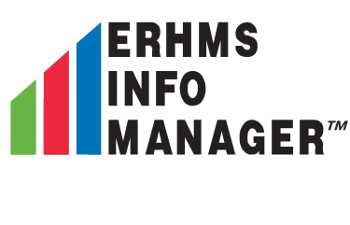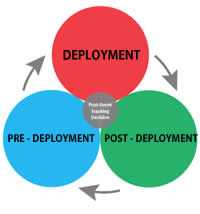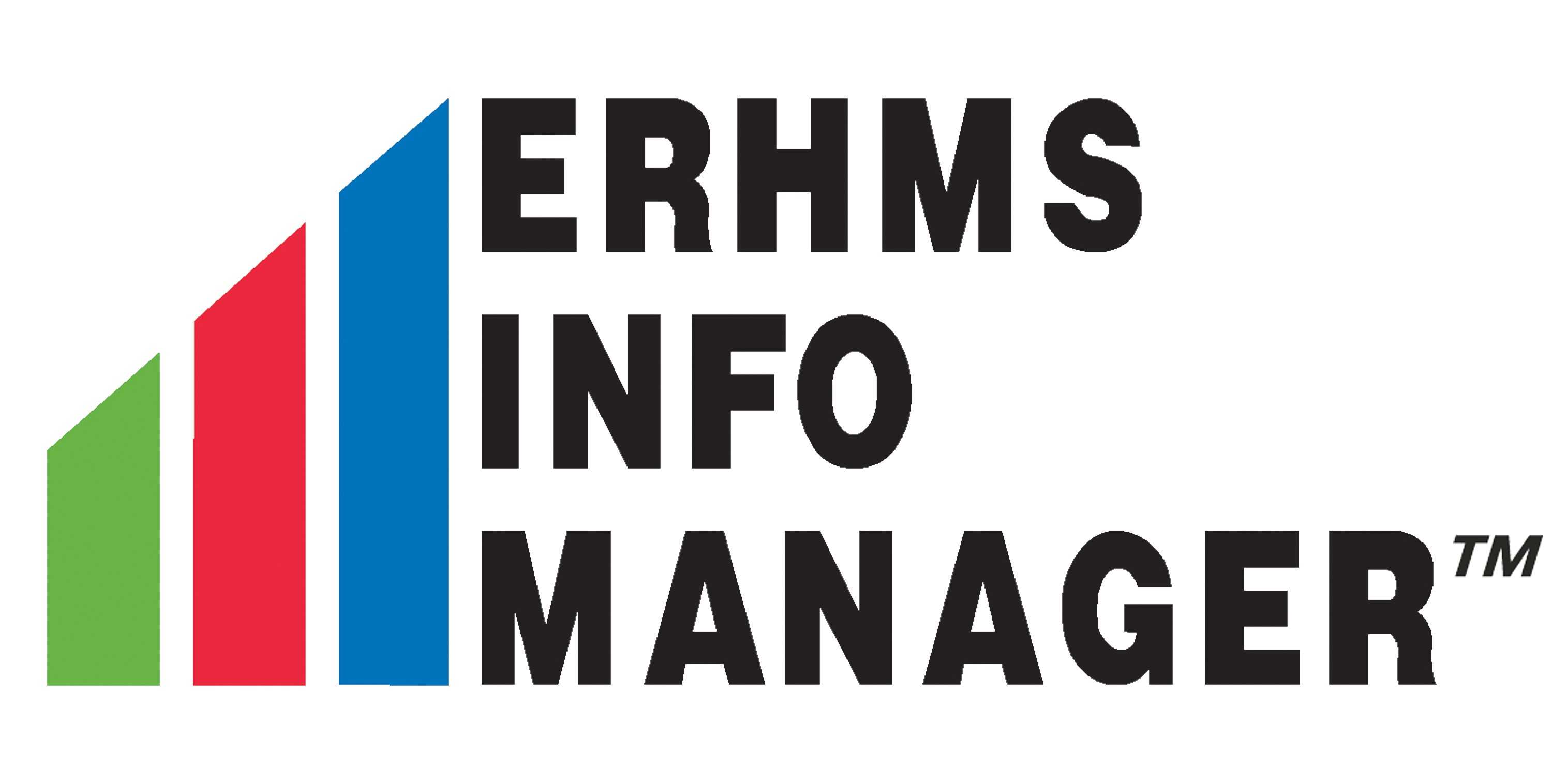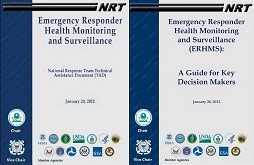EMERGENCY RESPONDER HEALTH MONITORING AND SURVEILLANCE (ERHMS)™
Overview
Significant gaps and deficiencies continue to exist in health monitoring and surveillance of the 3.5 million emergency response workers, such as, police, fire, emergency medical personnel, cleanup, repair, restoration, and recovery workers. Emergency response workers must be protected from the hazardous conditions that disasters and other emergencies create, whether natural such as a hurricane or earthquake or a result of human action such as the April 15, 2013 tragedy in Boston, MA. A plan for monitoring the health and conducting surveillance of emergency responders is essential to ensure their health and safety.
Recognizing this, NIOSH worked with the U.S. National Response Team (NRT), and a number of federal agencies, state health departments, labor unions, and volunteer emergency responder groups to develop the Emergency Responder Health Monitoring and Surveillance™ (ERHMSTM) framework. The ERHMSTM framework provides recommendations for protecting emergency responders during small and large emergencies in any setting. It is for use by all who are involved in the deployment and protection of emergency responders, including: incident command staff, response organization leadership, health, safety and medical personnel, and emergency responders.
- Page last reviewed: July 10, 2014
- Page last updated: August 17, 2017
- Content source:
- National Institute for Occupational Safety and Health Office of the Director


 ShareCompartir
ShareCompartir




